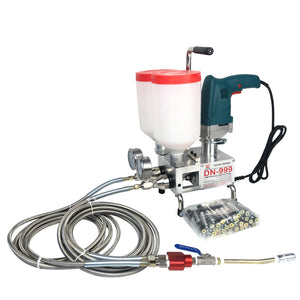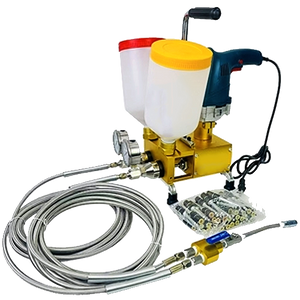The polyurethane industry is entering a new era of uncertainty and opportunity following the enactment of the One Big Beautiful Bill Act, a landmark legislation recently signed into law. Extending parts of the 2017 Tax Cuts and Jobs Act, this bill significantly alters the investment environment for commercial property upgrades, low-income housing, and energy-efficient construction. While incentives for commercial renovations are expanding, subsidies for green and social housing programs are being rolled back. This policy shift is sending ripple effects across the polyurethane supply chain—especially for key materials like MDI and TDI.
Tax Breaks Drive Demand for Polyurethane in Commercial Renovations
One of the bill’s most influential features is the reintroduction of 100% bonus depreciation, which allows commercial real estate investors to immediately deduct the full cost of qualifying renovation investments. These upgrades include:
-
Structural enhancements
-
HVAC and insulation improvements
-
Window and door replacements
-
Energy-efficiency retrofits
Such upgrades often utilize polyurethane-based materials, including MDI-based spray foams, PU sandwich panels, and sealing strips, prized for their insulation performance and structural flexibility. As businesses seek to optimize building efficiency and value, demand for rigid polyurethane foam is poised to rise.
The legislation also makes the Opportunity Zone program permanent, promoting long-term investment in underserved areas. This could open new markets for energy-saving polyurethane applications in community development projects.
Cutbacks in Federal Green Funding Raise Concerns
Despite these positive signals, the bill also eliminates key green building subsidies. Most notably, it terminates HUD’s Green and Resilient Retrofit Program (GRRP), which had allocated over $4.8 billion in grants and loans for low-income housing upgrades. These funds were frequently used to purchase insulation and efficiency-enhancing materials—core use cases for MDI-based polyurethane foams.
Without this federal support, public housing renovation projects—once a steady demand source for polyurethane—are likely to decline. This creates a significant market gap, especially as HUD projects typically require higher performance materials than private-sector builds.
Diverging Outlook for MDI and TDI
From a product-specific perspective:
-
MDI (Methylene Diphenyl Diisocyanate): Benefits directly from the commercial renovation boom. It is the main component in rigid polyurethane foam, offering superior thermal insulation (0.022–0.028 W/m·K), making it ideal for walls, roofing, and cold storage upgrades.
-
TDI (Toluene Diisocyanate): Gains indirect support from the bill. Used primarily in flexible foam products such as furniture, mattresses, and vehicle seating, TDI demand may rise in response to new furnishing needs in renovated office spaces, hotels, and apartments. However, much of the U.S. upholstered furniture market relies on imports, limiting local TDI growth.
Market Risks and Structural Shifts
The withdrawal of government-backed projects poses a real threat. HUD-funded renovations represented a stable, long-term demand base for polyurethane insulation and sealing products. These initiatives often set higher standards for material quality, driving higher polyurethane consumption. Their loss could cause downward pressure on total industry demand.
Simultaneously, tax-driven growth on the commercial side may benefit wealthier investors and developers, creating a Matthew Effect—where stronger players grow stronger while weaker sectors lose support.
A Realignment of Priorities
The One Big Beautiful Bill Act is neither a clear win nor a loss for the polyurethane market. Instead, it signals a redistribution of market forces:
-
Growth in MDI demand is expected from commercial upgrades
-
Moderate TDI demand may follow from increased furnishing activity
-
Loss of HUD funding could stall adoption in low-income housing
Going forward, stakeholders in the polyurethane value chain must track:
-
Progress of commercial renovation incentives
-
Private sector appetite for energy-saving investments
-
Potential reintroduction of state-level green subsidies
This evolving policy landscape will play a pivotal role in shaping the future trajectory of polyurethane applications in the U.S. construction and housing sectors.






0 comments